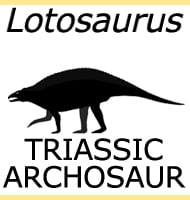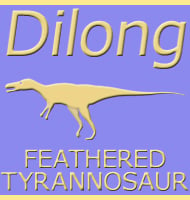Tropeognathus
In Depth Tropeognathus was first named in 1987 after the description of a pterosaur skull that had been purchased from a fossil dealer. In 2002 a set of lower jaws was further attributed to the genus, and most recently at the time of writing a third specimen was added in 2013, and this was the … Read more

